The Wild Fight Over Processed Food and Raw Milk
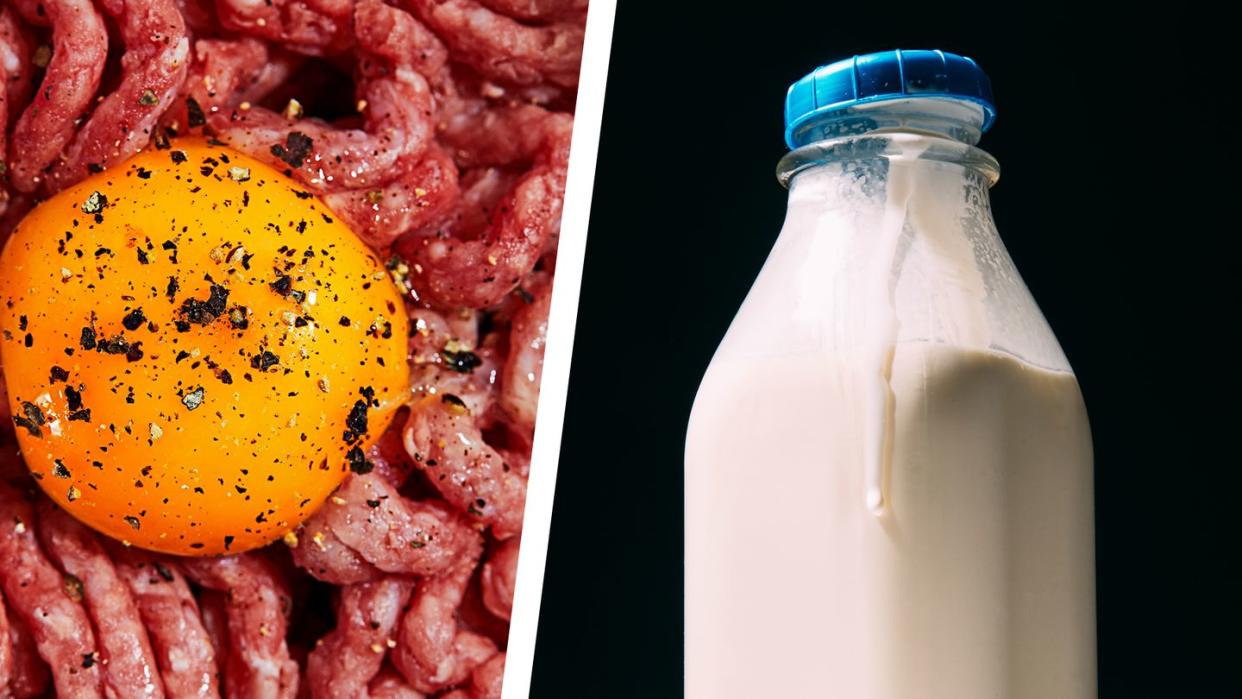
"Hearst Magazines and Yahoo may earn commission or revenue on some items through these links."
IN SEPTEMBER OF this year, Paul Saladino, M.D., posted a video to his Instagram account, @paulsaladinomd, with the title “Raw Milk Illegal?” As he walks alongside a cow pasture, the lean and sinewy 46-year-old holds a nondescript white milk bottle. “Thirty-seven states have banned one of the most healing foods for your children: raw milk, raw dairy. This is one of the saddest realities that I’ve come across in my research and my learning,” he says.
Dr. Saladino’s “research and learning” have always been controversial. His former social handle was @carnivoremd, a reference to the carnivore diet, the contentious all-meat diet he helped popularize with his book, The Carnivore Code, which came out in 2020.
Dr. Saladino has his medical degree in psychiatry and is double board-certified in psychiatry and as a physician nutrition specialist. He mentions on his website that he is “unable to give medical advice” and also that he is “the leading authority on the science and application of the carnivore diet.”
Last year, Dr. Saladino said in social posts that he quit the carnivore diet (hence the handle change) and now eats an “animal based” diet that includes fruit, honey, and raw dairy.
As “Raw Milk Illegal?” continues, Dr. Saladino calls pasteurized milk “dead dairy” and says raw dairy can alleviate gut conditions, eczema, and sleep issues. With a string section swelling to close the clip, Dr. Saladino jumps at the viewer and says, “I’m calling on those 37 states to wake up and to allow you to be able to get raw milk and raw dairy!”
He makes no mention that pasteurization—the process of heating milk to a particular temperature for a set amount of time to remove microorganisms—has been proven effective in greatly reducing the risk of foodborne illnesses since the 1920s.
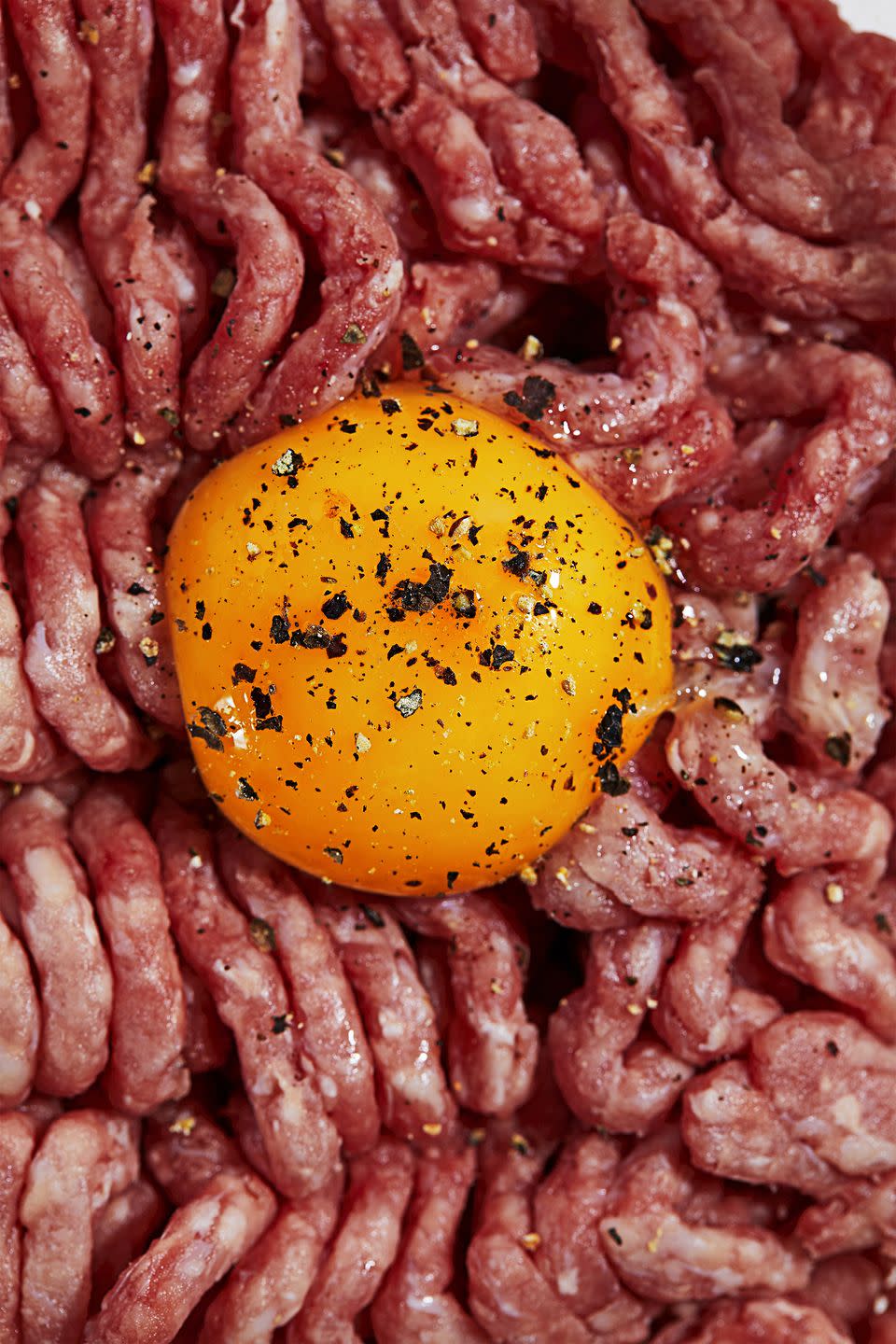
Dr. Saladino posts often about the miracles of raw milk to his 1.6 million Instagram followers. Respiratory infections, asthma, allergies—cures abound if you just make the switch from pasteurized milk, he says. But you could argue that “Raw Milk Illegal?” is his most combative post on the subject. Even the comments section matches his call to action. “If it’s good for you, they want it gone. Can’t be having healthy people. Bad for business” and “Why’s this world so fucked-up and full of corruption?” are two of the 1,000-plus replies.
And Saladino-like influencers are touting more than raw milk. They’re railing against any form of industrial food processing by manufacturers—whether it’s the addition of seed oils to peanut butter, the fortification of foods with vitamins and minerals, or the pasteurization of dairy. Big Food, these raw-food advocates argue, is either shortchanging you out of vital nutrients or introducing harmful chemicals into your body.
The debate over processed foods—and raw dairy, especially—has simmered for decades, but social-media influencers are now cranking up the flame. Their solution: Consume the vast majority of your food—dairy, eggs, honey, fruit, liver, and even heart—raw.
To counteract this surge, credentialed dietitians, public-health experts, and the federal government are cautioning the public that processing isn’t inherently evil. And when it comes to raw dairy, food processing may even save your life.
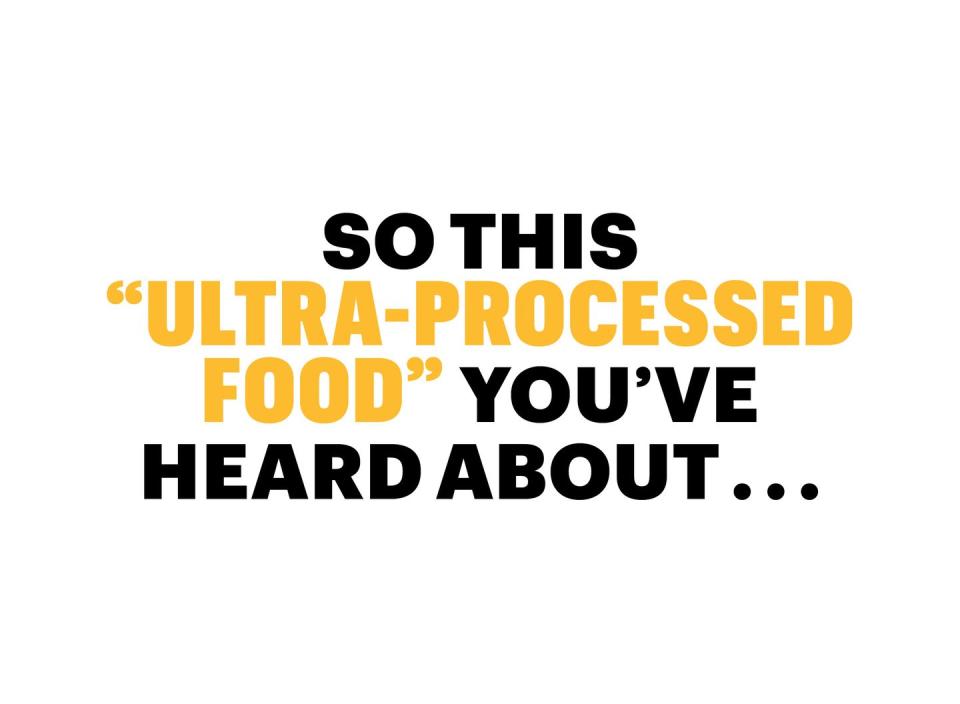
WITH CLIMATE CHANGE, poverty, and international warfare on its list of concerns, you might not expect the United Nations to be worried about soda. Except that in 2019, five members of the UN’s Food and Agriculture Organization (FAO) cited the nutritional harm of soft drinks as one example of a larger challenge: “The over-reliance on processed foods, especially energy-dense foods high in sugar, fat and salt, is gradually displacing home-prepared meals and the consumption of fresh fruit and vegetables in typical diets.”
Yet they also pointed out that food processing itself is not an issue and the term processing in general isn’t meaningful. So the FAO scientists grouped processed foods into four categories, now known as the NOVA classification system.
Group 1: Unprocessed or minimally processed foods
In this grouping, the only processing that occurs is the removal of anything inedible (the shell of a walnut, for example), and basic food-storage and safety steps (pasteurizing, freezing, crushing, drying, etc.).
Group 2: Processed culinary ingredients
These are your butters, oils, sugars, and salts—things you wouldn’t normally eat by themselves but are worked into home and restaurant meals. They’re processed for safety and shelf life.
Group 3: Processed foods
Here you have fresh foods that are jarred or canned (tomato sauce, peaches packed in syrup) and also cheeses and freshly made bread—consumables that have two or three ingredients and undergo some preservation and/or cooking. Nutrition experts unaffiliated with the FAO agree that foods from the first three groups should make up the majority of your diet.
Group 4: Ultra-processed foods
Pepsi, Twinkies, Doritos—this is the stuff that has gone through multiple stages of processing. It’s often low cost, low nutrition, and hyperpalatable.
After the 2019 publication of that FAO report, the word ultra-processed entered the nutrition zeitgeist. The National Institutes of Health published its first randomized, controlled study linking ultra-processed food to weight gain. Ultra-Processed People: The Science Behind Food That Isn’t Food, a book by British molecular virologist Chris van Tulleken, Ph.D., made the New York Times bestseller list this year. And as of press time, the tag #ultraprocessedfood had 2.6 million views on TikTok.
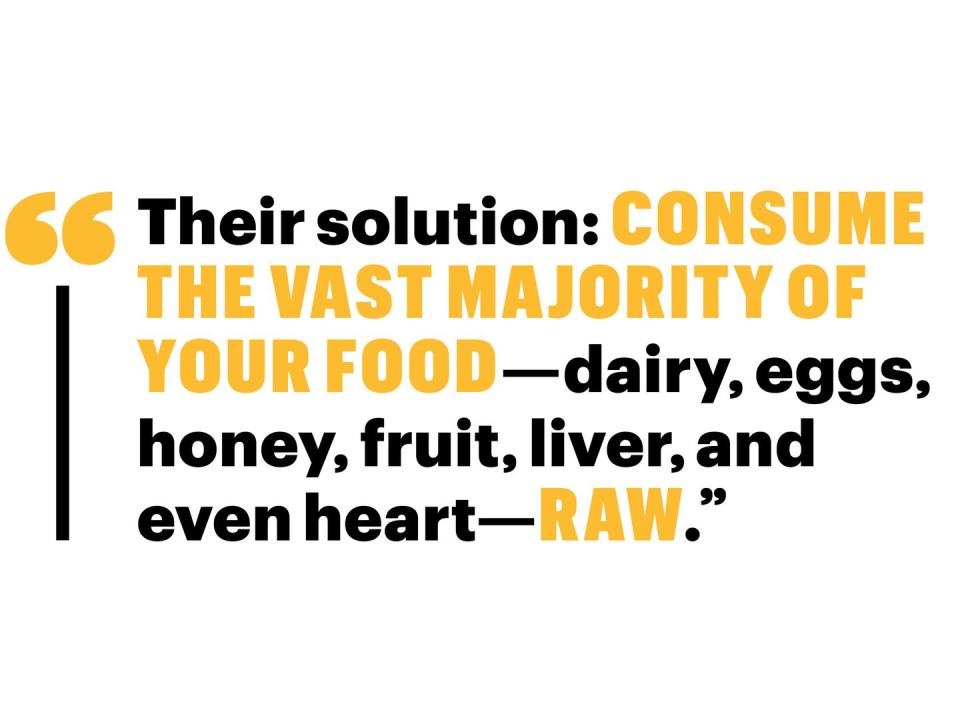
Dietitians like Abby Langer, R.D., author of Good Food, Bad Diet and a Men’s Health nutrition advisor, are in favor of separating ultra-processed foods from the other groupings. (Disclosure: Langer says that she has done work that was sponsored by a dairy association.)
“I tell people to eat fewer ultra-processed foods and more minimally processed foods,” says Langer. That way, she says, you’re prioritizing nutrients like muscle-building protein, stomach-filling fiber, and heart-healthy good fats—nutrients largely absent in ultra-processed foods like candy and soda.
Balance, moderation, avoiding foods that will still be edible in 25 years—these make up the sound bedrock of sensible nutrition, right? Except on social media and in the red-pill corners of Reddit, sensible doesn’t sell, which brings us back to Paul Saladino.
Dr. Saladino’s overarching thesis about any processed foods is that they’re “bereft of nutrients and promote metabolic damage” and “have no place in the human diet.” Simply put, they’re “bullshit,” he’s written on his website. That rhetoric matches the claims of an ongoing social-media movement that demonizes all processed foods, regardless of classification.
For this movement, the fight over processed foods is a generational one—a battle that pits the government against your health but also jeopardizes you as the protector of your family’s health. And right now, this is especially true when it comes to their milk.
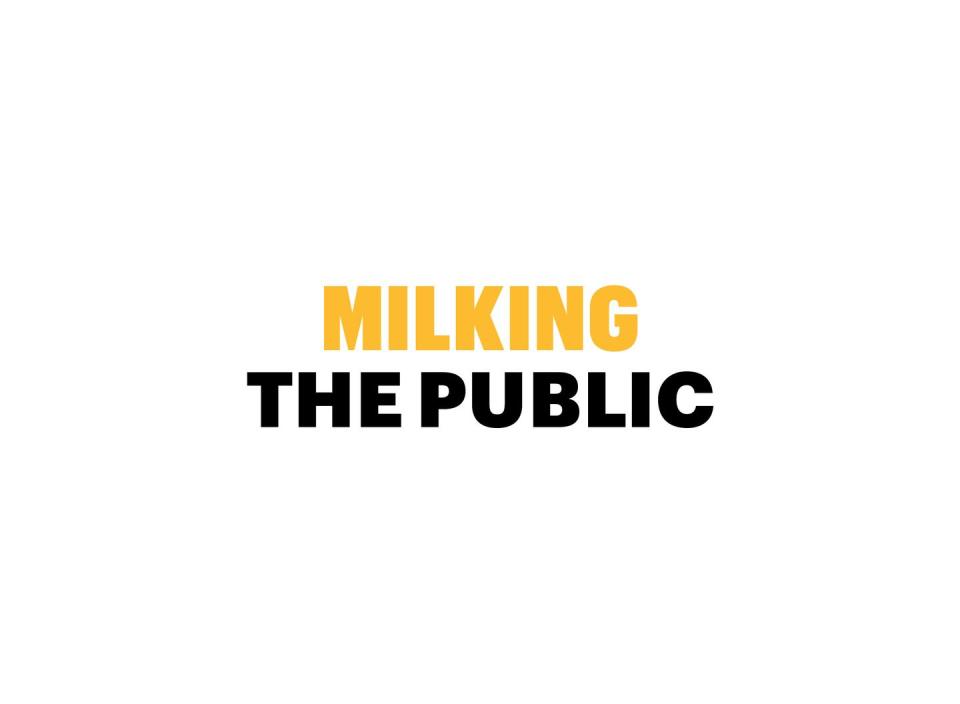
PASTEURIZATION MIGHT SEEM like an improbable battleground for incendiary dietary debates. The processing technique has been around since 1864 (French chemist Louis Pasteur helped pilot the method’s science, which is where the name comes from) and has been used by U. S. dairy farms on a large scale since 1947.
Prior to that year, American dairy consumers suffered from a host of gnarly foodborne illnesses. Unpasteurized raw dairy may contain listeria, which can lead to nausea, vomiting, and diarrhea for anywhere from a few days to several weeks. Campylobacter, which can also lurk in raw milk, may lead to Guillain-Barré syndrome, which, while rare, is more common in men.
And raw dairy can also spread even more exotic illnesses, like bovine tuberculosis, which can require up to a year of antibiotics to fully cure. In some cases, illness from food pathogens can result in hospitalization or death.
Listeria, the third leading cause of death from foodborne illness, or food poisoning, in the United States, is especially dangerous to pregnant women, newborns, people over 65, and those with weakened immune systems. Pasteurization keeps dairy safe to consume—and has done so for a long time.
Yet some proponents of raw dairy argue that pasteurization strips milk of beneficial enzymes and proteins and that pasteurized milk lacks the nutrition of raw milk.
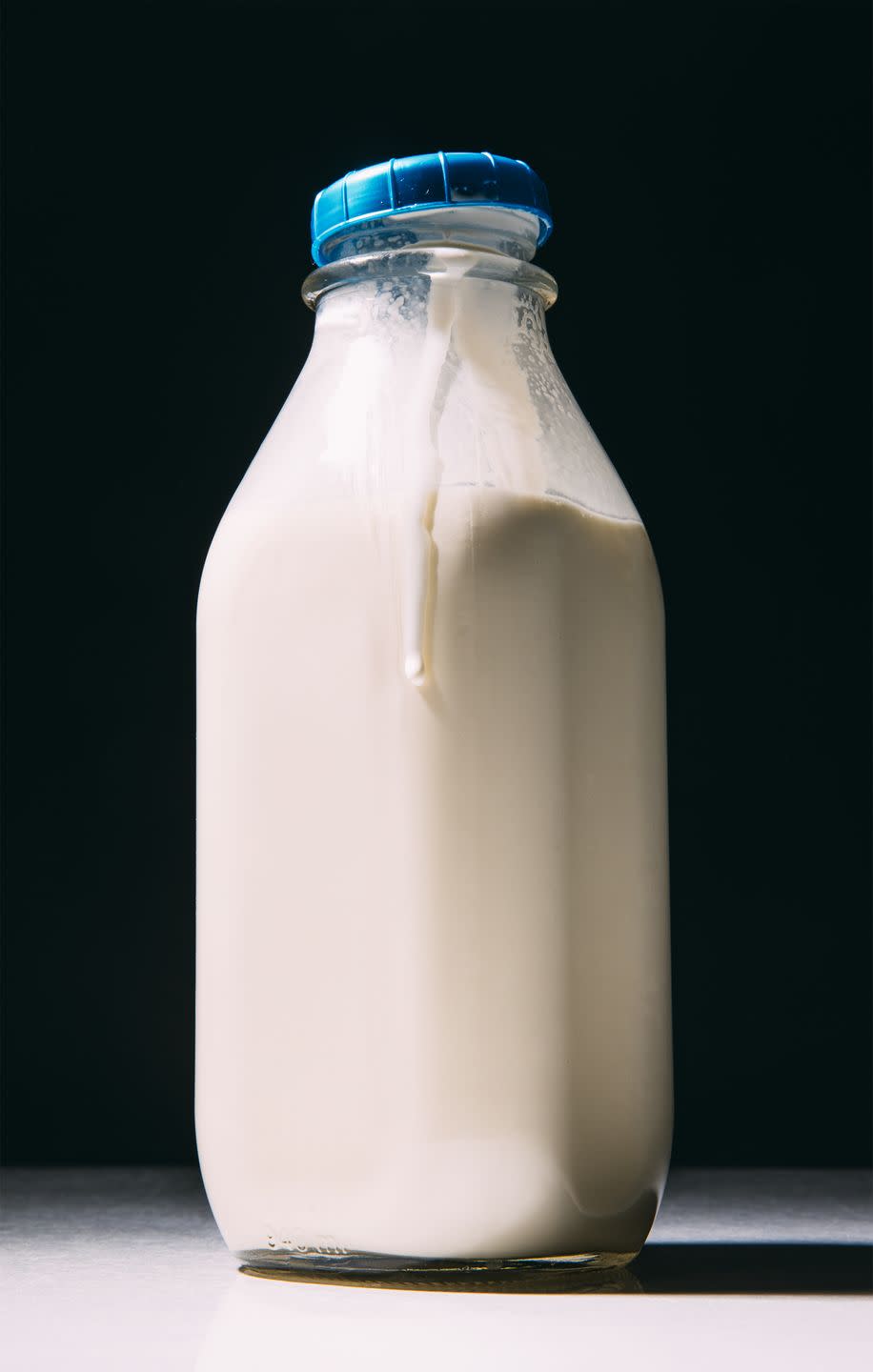
In response to questions from Men’s Health, Dr. Saladino argues that modern industrialized dairy has made pasteurization necessary. “If you look at the production of milk in the United States right now... most of the milk produced is meant for pasteurization,” he says. “And that milk should be pasteurized, because it is not produced in a way that is going to make that milk clean enough or fit for human consumption.”
Sanitation issues, grain-fed diets, improper animal care—cows subjected to these conditions produce milk that requires pasteurization, Dr. Saladino says. Yes, farms selling raw dairy can suffer from similar problems, he acknowledges. But Dr. Saladino says farms can make raw dairy that’s not just safe for human consumption—but healing for humans, too.
And research does exist that shows correlations between raw-dairy consumption and improved allergies, immune function, and gut health. Dr. Saladino cites it often. “There’s a large amount of data suggesting potential health benefits from raw milk, which must always be balanced against the risk of raw food,” he says.
Except that there are reams of scientific studies reinforcing the health and safety of pasteurized dairy. (This global debate predates influencers.) Most recently, in 2022, Canadian researchers reviewed 31 studies assessing the health and safety of raw dairy and concluded this: “Health care professionals... must be aware of the risks inherent in consumption of unpasteurized dairy products.”
And the scientific proof that raw dairy has healing benefits just isn’t there. The FDA has stated that raw milk does not cure lactose intolerance, does not treat asthma or allergies, and is not more effective at preventing osteoporosis than pasteurized milk is.
“Louis Pasteur was definitely on to something,” says Langer. “The science is not at all reflective of the position that raw milk has enzymes or that it’s healthier.”
She’s not alone in the dietetic community, either: “Pasteurization dramatically decreases the bacterial content of milk to decrease foodborne illness,” says Brian St. Pierre, R.D., C.S.C.S., director of nutrition at Precision Nutrition and another Men’s Health nutrition advisor. “And yes, it does kill off some of the existing beneficial bacteria in milk, but it doesn’t make it ‘dead milk’ or strip it of all of its nutritional properties. It’s one of the most nutrient-rich foods in existence.”
Pasteurized milk is still rich in protein. It still contains bone-fortifying calcium, immunity-supporting vitamin D, and many other vital nutrients essential for human function. It is relatively cheap, well studied, and widely available. Under the NOVA system, milk is classified as “minimally processed”—one of those building blocks of good nutrition you can consume as part of a healthful, long-term diet.
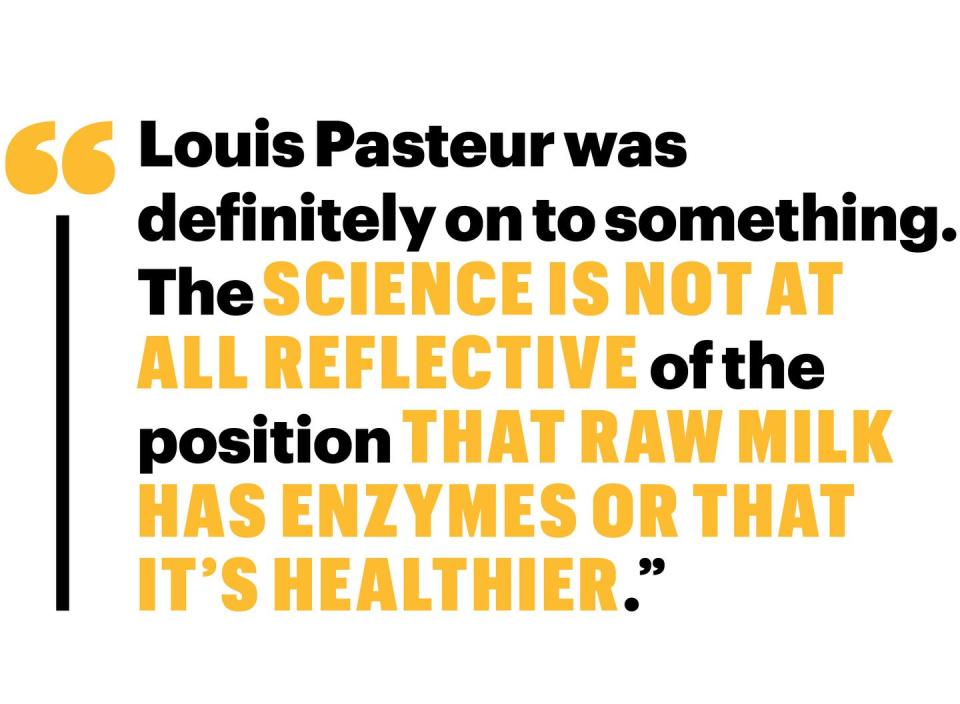
But that pro-pasteurization argument is nuanced and, well, boring, says St. Pierre. “It sounds sexier to say they are killing you. It’s an easier argument to follow or believe in.”
Yet what about that research influencers cite to advance their side of the debate?
Dr. Saladino himself often focuses on a “mechanism”—the rationale behind a study finding—and takes it to the extreme, says Layne Norton, who has a Ph.D. in nutritional sciences, has his own robust social-media following, and frequently spars with Dr. Saladino online. (Disclosure: Norton says that the National Dairy Council funded part of his Ph.D. research, but that he has not been funded by the group for at least ten years.)
For instance, Dr. Saladino says that oatmeal is bad for you because it contains glyphosate, an herbicide sprayed on oats that survives through processing—so you shouldn’t eat oats at all. The EPA has deemed glyphosate as likely not carcinogenic in humans, and the FDA found no glyphosate over allowable limits in any products it tested (though the European Union is reconsidering its approval of the pesticide by the end of the year).
“But let’s look at randomized controlled trials where people eat more oatmeal,” says Norton. “They get healthier, have better insulin sensitivity and more appetite control.” Norton says those aren’t benefits you’d see mentioned on Dr. Saladino’s feeds.
If motivated, “you can find a mechanism for anything to support whatever narrative you want,” Norton says. (That raw milk alleviates eczema, for one.) But in terms of tangible metrics like disease and body fat, “actual hard human outcomes are the summation of thousands of pathways and mechanisms summing up to overall positive or negative.”
In other words, no one ingredient, food, food group, or even your diet as a whole is the key to a healthy life. There’s far more to consider, including but not limited to: sleep, exercise, your relationships, if you smoke, how much you drink, your family history, any medications you’re on, and your overall mental health.
It’s that last one that Norton says he worries about when it comes to diet advice. “There’s a lot of eating anxiety and disordered patterns,” he says. “I coached a lot of people in fitness over a 15-year period, and the damage I saw this stuff do in terms of how people viewed food was pretty staggering. It consumed people’s lives. They were so focused on being healthy that it destroyed their mental health. They would agonize over everything they ate. If they ate a slice of pizza or went off their diet, they’d be so hard on themselves.”
In response, Dr. Saladino tells Men’s Health that his “suggesting to people that certain foods may be harming them” isn’t damaging people’s mental health. “I’m giving a tool, and they can choose to use it or not. I’m not breaking into someone’s house and throwing out their oatmeal. I’m really trying to create a message that’s like ‘Hey, look, here’s an idea. If this is helpful for you, use it; if it’s not, keep doing what you’re doing.’ ”
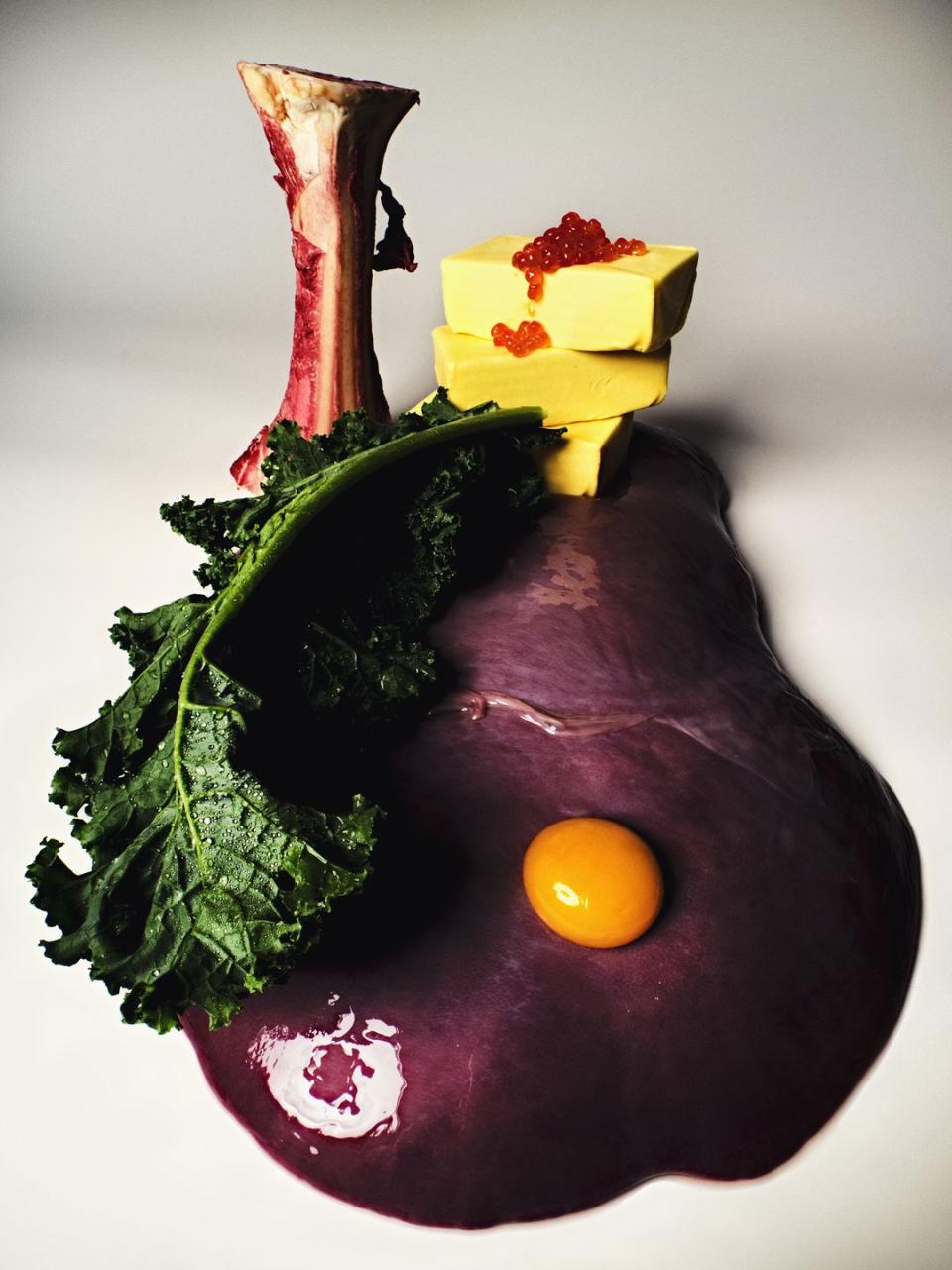
Norton says he suspects that influencers making divisive diet claims attract so much attention for two reasons: because their fear-based assertions are tailored to go viral, and because they hook into the part of the human psyche that wants quick results.
“The underlying message is ‘Where you’re at is not your fault, and there’s a few easy tricks you can do without having to put in a lot of consistent work to get the results you want,’ ” Norton says. He continues: “Because if you look at these guys, they don’t really talk about hard work, consistency, resilience, those sorts of things. They’re talking about hacks and quick changes and ‘the one thing that’s holding you back’ or ‘the five things that are toxic.’ It’s easy garbage content that sadly is what gets propagated with social-media algorithms.”
Dr. Saladino responds: “Nothing about what I’m talking about is a hack or an easy fix. If you could look at the majority of my content, I’m talking to people about how to make lifestyle changes. You cannot tell me that making a lifestyle change is an easy hack.”
Switching to raw dairy in the way Dr. Saladino suggests—tracking down and visiting a reputable farm (if one exists near you at all)—does require change. Raw dairy advocates are just fighting to make that change a little easier for Americans, they argue.
And their pitchfork-raising is working.

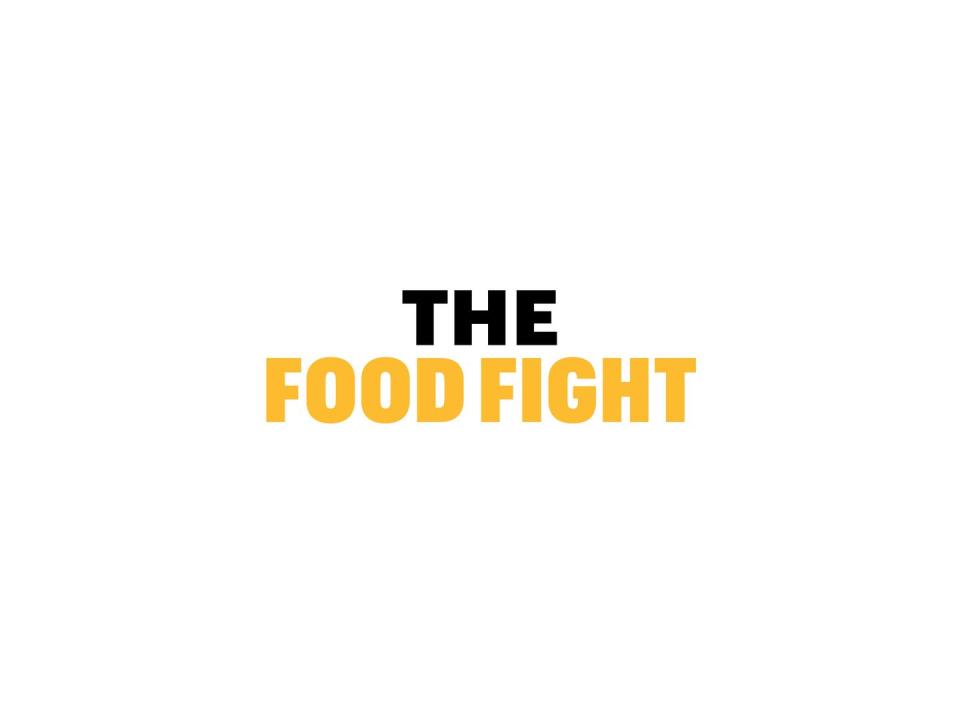
DR. SALADINO ISN'T just reaching millions of people with his message—he’s changing their habits. The Raw Farm USA, a California dairy operation, said this past spring on its website that it had seen a flood of new customers from Saladino posts touting raw milk products. “[W]e were delighted and surprised to hear that so many of our new customers came to us from Carnivore MD!” it wrote.
This year, Iowa joined a growing number of states that have made raw dairy more accessible to the public, despite dissension from the state’s dairy farmers and public-health officials. State representative Bobby Kaufmann (R), Iowa’s House sponsor of the bill that permits the selling of raw milk, said this on the floor after its passage: “We’re simply adding [raw milk] to the list of foods that people can get without Jiminy Cricket, the government, sitting on their shoulder and whispering what’s best for their families.” Today, 20 states explicitly prohibit raw milk sales in some form and 30 allow it, according to the FDA.
Amid state governments lifting raw-dairy bans, the CDC reports that outbreaks of foodborne illness linked to raw milk are on the rise. From 1998 to 2018, in areas where raw milk was legally sold, there were 3.2 times as many outbreaks as in areas where the sale of raw milk was illegal. And areas where raw milk could be sold in retail stores, as opposed to only on farms, had 3.6 times as many outbreaks as areas that allowed only farm sales.
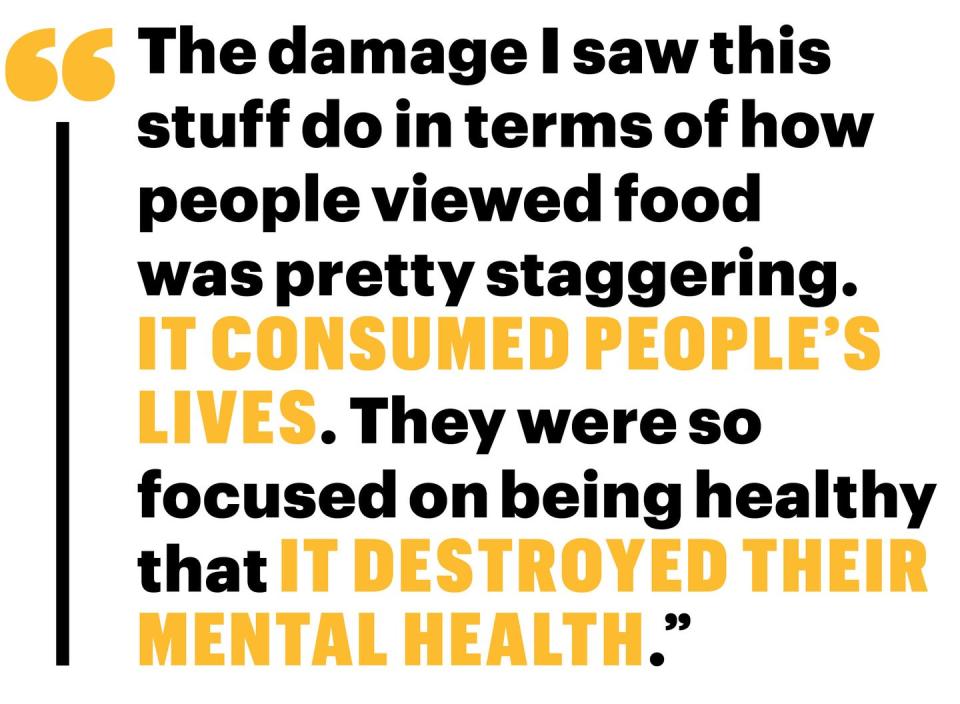
Dr. Saladino didn’t start the revolt against pasteurization. (If you’re really interested, you can read “The Great School Milk Conspiracies of the 1980s,” a 1996 study published in the academic journal Review of Industrial Organization.) He’s just one of the loudest proponents with a massive social following, which he built from his carnivore diet days by sowing distrust against another unlikely nutritional evil: vegetables.
“Nutrition should be simple,” Langer says. “But [social-media influencers] are overcomplicating it.” She adds that influencers often sell supplements on their websites— and that makes her angry. Dr. Saladino’s organ supplements cost a minimum of $50 for a bottle of 180 capsules. And technically, because they’re made from beef organs and transformed into pills, they’re processed.
“We’re not just trying to sell people supplements. We’re trying to help people change their lifestyle,” Dr. Saladino says. “We generally don’t get complaints about... the supplements being an issue for anyone. I mean, if you look at the reviews of the supplements, they’re pretty impressive.” He also sells a $68 supplement to aid your gut health and digestion, two things he says pasteurized milk hurts.
If you watch Dr. Saladino’s raw-milk video from September with this in mind, there he is—stomping along a field of cows, brandishing a bottle of milk, advancing toward a retreating camera, and calling for a revolution. And then, at the very bottom of the post, a link to the IG for his supplement line.
You Might Also Like

